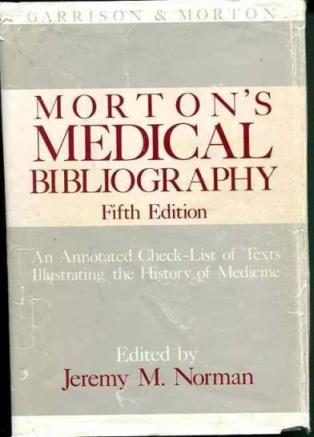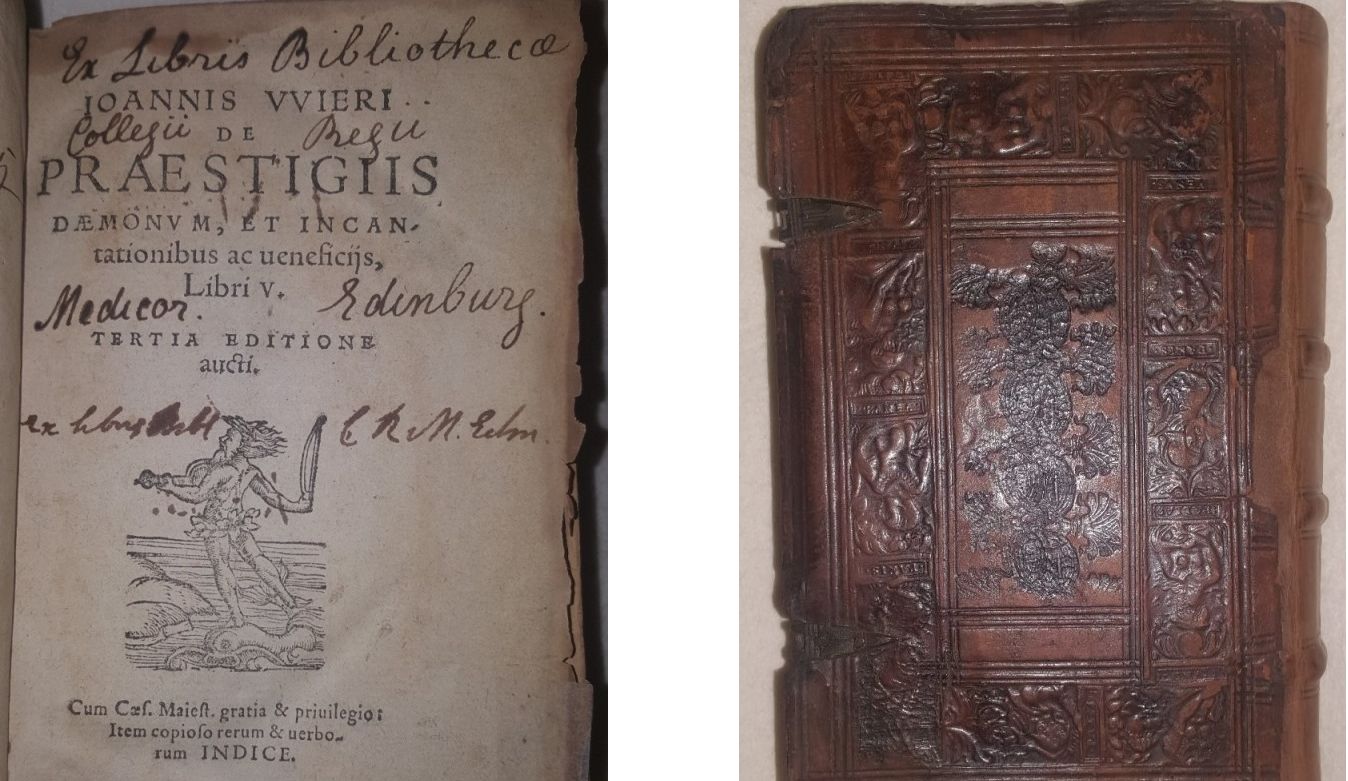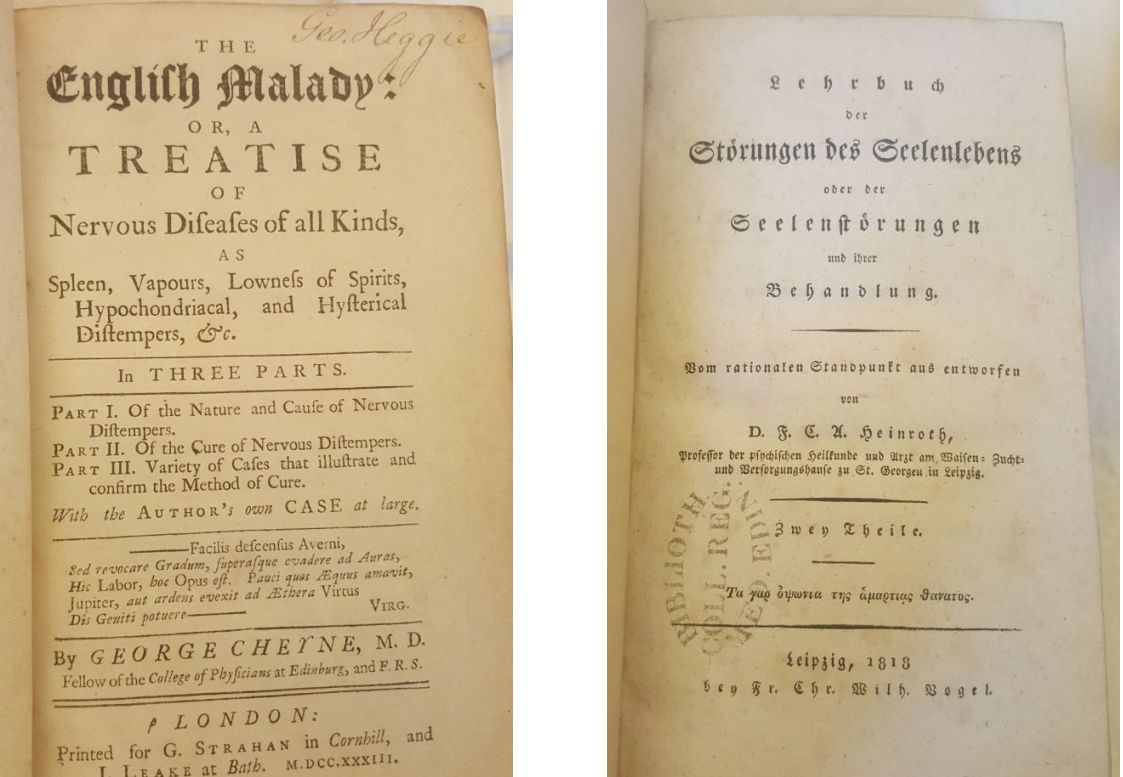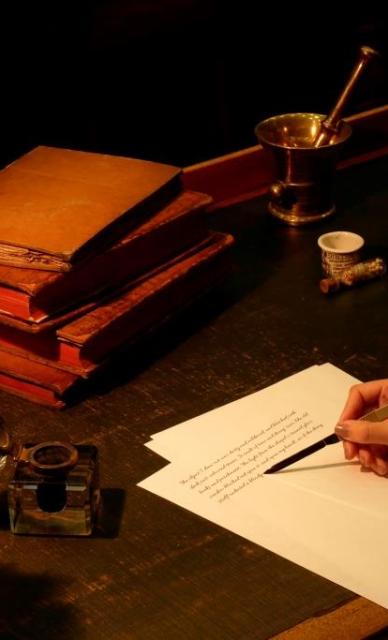Physicians' Gallery Newsletter
Updates on upcoming events, exhibitions and online stories
Empowering medical excellence, shaping healthcare futures.
bibliography, n.
“Have You Read the Top 100 Books?” “100 Books to Read Before You Die!” “The 100 Greatest Novels of All Time!”
We all know this type of article – a list of the “best” books in a certain genre, be it children’s fiction, classic literature, or great American novels. Regardless of the genre, these lists are controversial in nature, as no one list could ever include everyone’s favourite. Indeed, readers often argue and debate over which books deserve to be included in these lists – and which do not. Academics and the public alike will disagree with which books are the most important, depending on their own backgrounds and personal perspectives. In addition to readers’ and academics’ heightened emotions, these modern bibliographies provide information relating to books in a certain genre or field of study.

Morton’s Medical Bibliography is one such list of books in a certain genre. It is, in fact, an “Annotated Check-List of Texts Illustrating the History of Medicine”: a bibliography spanning over a thousand years of medicine, from ancient times to the late 1990s. The aim of the publication is to provide a chronological list of the most influential works in medical history (mostly primary sources although the number of secondary sources is expanding). The entries include books, articles and pamphlets, with more and more medical research being initially published in journals rather than physical books. The final printed edition of the bibliography was the fifth, in 1991, but the bibliography is still updated to this day online, at www.historyofmedicine.com. As of the 14th February 2018, there are 11,512 entries from 9,319 authors, spanning 845 subjects within the field of medicine.
Between 1912 and 1933, Fielding H. Garrison (1870-1935) started working on a bibliographical list of sources related to the history of medicine and biology. Two years after Garrison’s death, Leslie T. Morton (1907-2004) picked up the project, extensively expanding and editing Garrison’s original list. From the start, Morton credited Garrison as the original writer, causing the book to be known as ‘Garrison-Morton’ as much as it is known as simply ‘Morton’. In the late 1980s, Jeremy M. Norman took over the project, and the fifth edition was published under his editorship. In 2014, copyright of the original book passed to Norman, who began working on the online database form of the bibliography.
Throughout the years of this bibliography’s various incarnations, the text has been used by a multitude of different audiences. Scholars of history, medicine, and other sciences consult Morton’s guide as a reliable source and standard reference in their work and research. Booksellers and auction houses similarly rely on the text as an important reference for which books to buy and sell, and for describing books within catalogues. Last but not least, book historians can use the bibliography as a reference text for how publications have changed through the years, and to ascertain how certain texts have risen and fallen in popularity.
I have recently been researching the entries within the fifth edition of Morton’s Medical Bibliography which relate to mental illness and psychiatry, as they relate to the Royal College of Physicians of Edinburgh collections. Of the 76 entries investigated from within the ‘Neuroses and Psychoneuroses’, ‘Psychiatry’ and ‘Medical Psychology’ sections of the bibliography, the RCPE library has holdings for 49, or 64%. If books alone are taken into consideration, rather than books and articles, the library has a slightly higher percentage of holdings, with 67%, or 36 out of 54 mentioned books. It appears that the Scottish doctors and scholars who have contributed to the collection over the years were quite interested in new discoveries regarding mental health!
Of the books we do not have copies of, the majority are foreign-language books in Italian and German, which may have been less popular (or harder to acquire) for Scottish doctors in the eighteenth to twentieth centuries. Of the books which the library does have, there are often multiple copies and/or editions, which indicates that multiple people who have donated to the library were collecting and using these important works. For an interested person looking to research the seminal works in mental health in the RCPE collections, there are 98 records which are featured in Morton’s bibliography. I will discuss three of these influential works below.
The earliest book on mental illness in the library is Johann Weyer’s 1563 De Praestigiis Daemonum, which includes Weyer’s argument that witches were women with mental illnesses, rather than evil beings. He was one of the first European physicians to take an objective view on mental illness and recommend humane treatment for patients. Within the RCPE collection are two copies of this work – one from 1566 and another from 1577. The 1566 edition retains most of its original binding, with an impressively embellished leather cover.

In 1733, George Cheyne published The English Malady; or, a treatise of nervous diseases of all kinds. A popular work for many years after its publication, Cheyne blamed his own struggles with hypochondria (or “Cheyne’s disease”) on the terrible weather in the British Isles!

Perhaps one of the causes of ongoing stigma against mental illness today, Johann Heinroth’s 1818 Lehrbuch der Storungen des Seelenlebens, or Textbook of Disturbances of Mental Life, was an early psychology textbook with a very strict religious perspective. Heinroth argued that signs of madness were caused by sin, and that the only way to recover was to return to Biblical piety. The RCPE library has a first edition of this text in the original German.
If you would like to find out more about the 98 influential works on mental health which you can find in the library, please email us. Or get in touch with us on twitter to let us know what books you would want to see in a medical bibliography!
Author: Isla Macfarlane, Intern, University of Edinburgh, MSc Book History and Material Culture.
"bibliography, n." OED Online, Oxford University Press, 2018, www.oed.com/view/Entry/18631.
Cheyne, George. The English Malady. 1733. [RCPE: Top Library G 3.29]
Heinroth, Johann. Lehrbuch der Storungen des Seelenlebens. 1818. [RCPE: Bh 3.35]
Norman, Jeremy M. Morton’s Medical Bibliography. Scolar Press, 1991.
Norman, Jeremy M. An Interactive Annotated World Bibliography of the History of Medicine, Biology and Dentistry from Circa 2000 BCE to Circa 2010 by Fielding H. Garrison (1870-1935), Leslie T. Morton (1907-2004), and Jeremy M. Norman, Traditionally Known as “Garrison-Morton”. 2008, www.historyofmedicine.com. Accessed 14 February 2017.
Weyer, Johann. De Praestigiis Daemonum. 1566. [RCPE: Top Library, K 3.55]
Weyer, Johann. De Praestigiis Daemonum. 1577. [RCPE: Top Library, M 10.35]

Updates on upcoming events, exhibitions and online stories